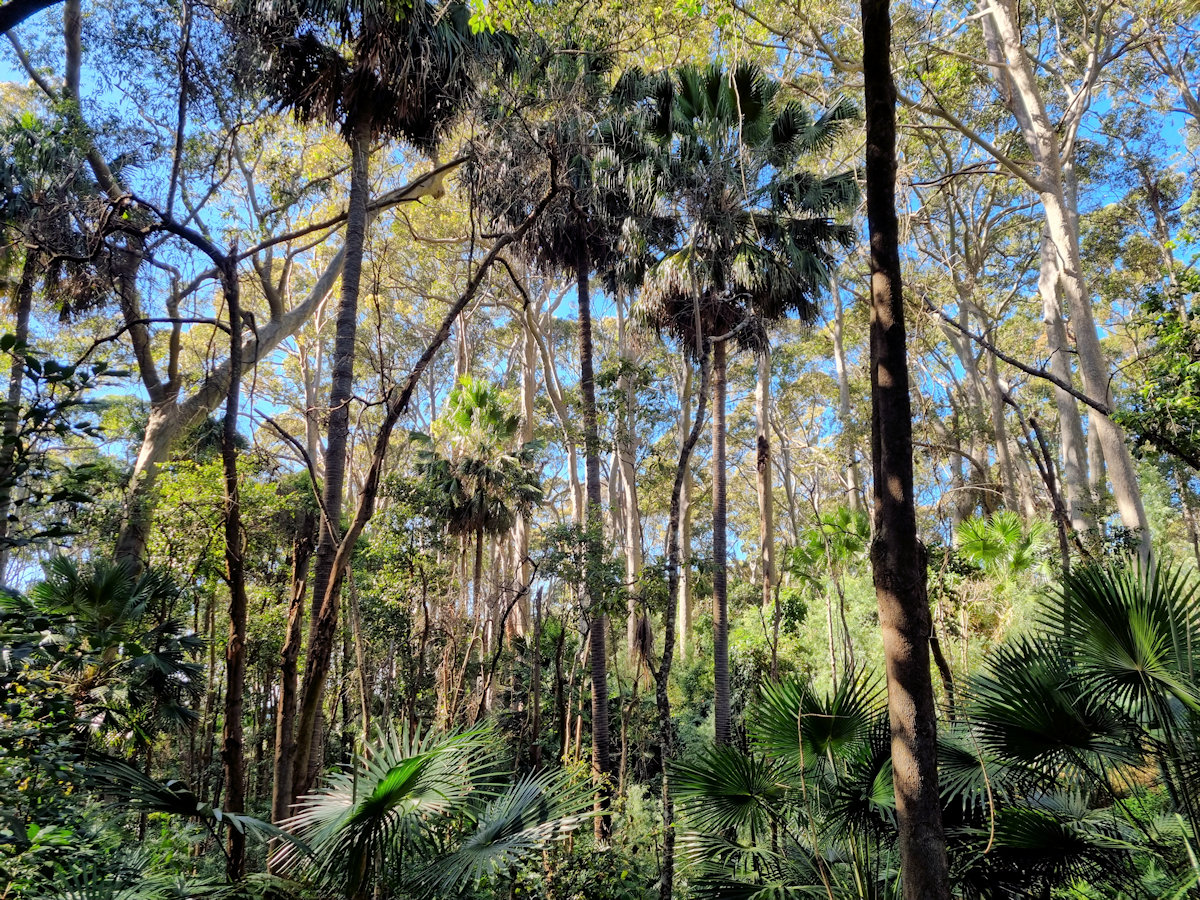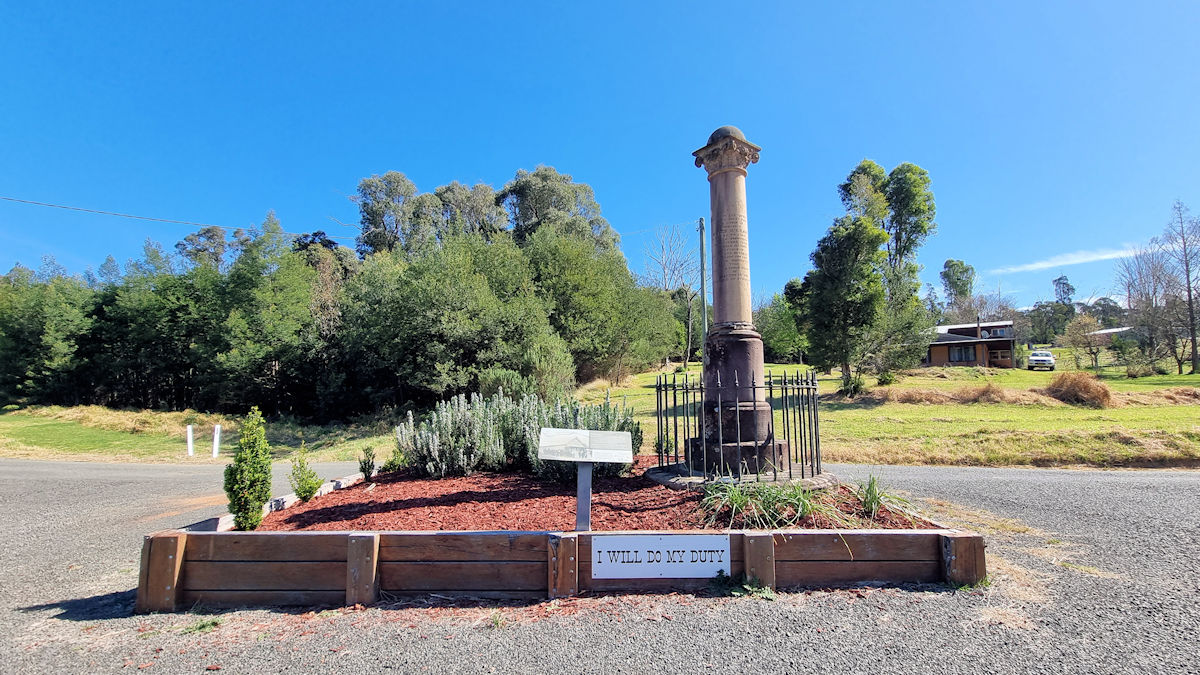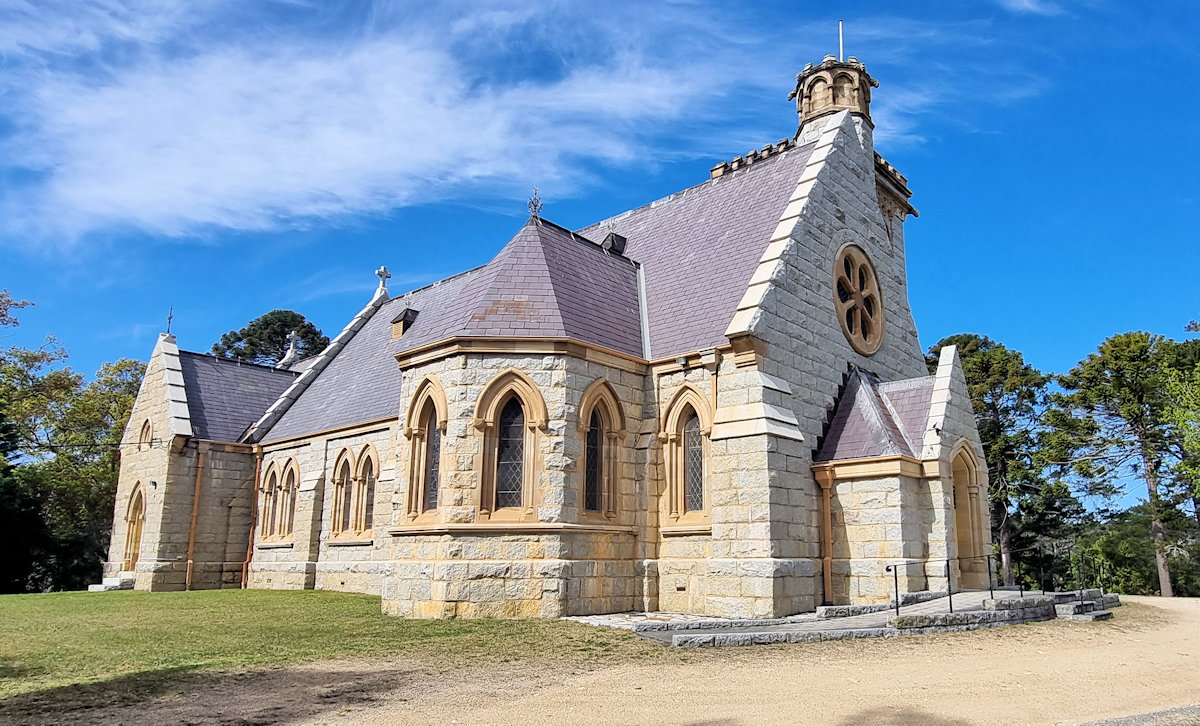Tag: south coast
-
Depot Beach Rainforest Walk

Depot Beach Rainforest Walk The Depot Beach Rainforest Walk is a short easy track that runs through littoral rainforest and down to a beautiful sandy beach. As part of Murramarang National Park, it is maintained by NSW National Parks and Wildlife and was in excellent condition during our visit. Almost the entire track has boardwalk,… Read more
-
Constable Miles O`Grady Obelisk

Constable Miles O`Grady Obelisk Located on the main street of Nerrigundah, the Constable Miles O`Grady Obelisk is a reminder of Australia’s gold mining and bush ranger past. Nerrigundah, Gold Mining and Bush Rangers Although the local population is now only 40, at its height in the 1860s it boasted a population of 11,000. By 1866… Read more
-
All Saints’ Anglican Church Bodalla

All Saints’ Anglican Church Bodalla Completed in 1901, All Saints’ Anglican Church sits on a hill on the outskirts of Bodalla, a small town on the New South Wales south coast. Getting There Only a 40-minute drive from Batemans Bay, Bodalla is on the Princes Highway, so if you are travelling the coast, you will… Read more